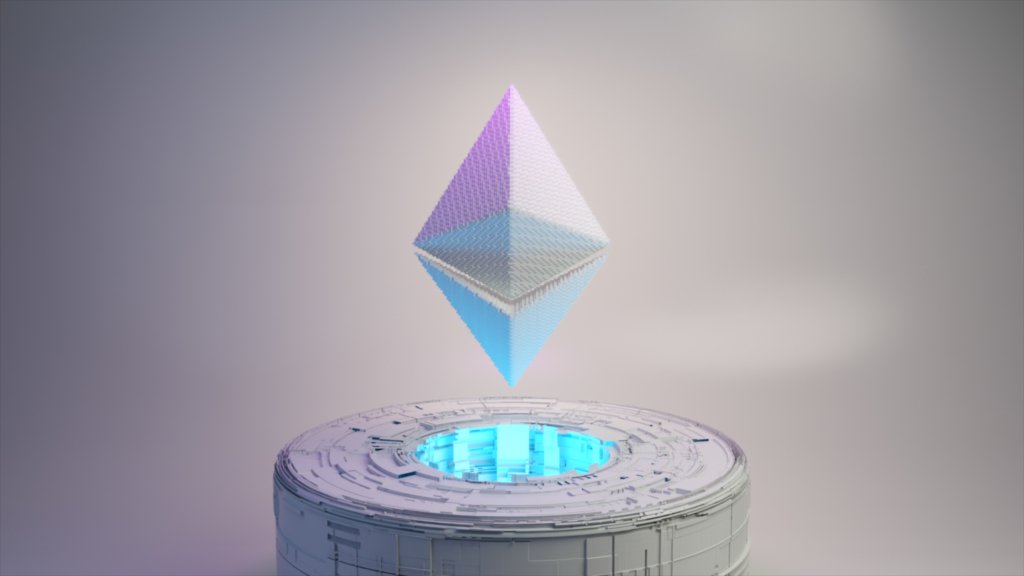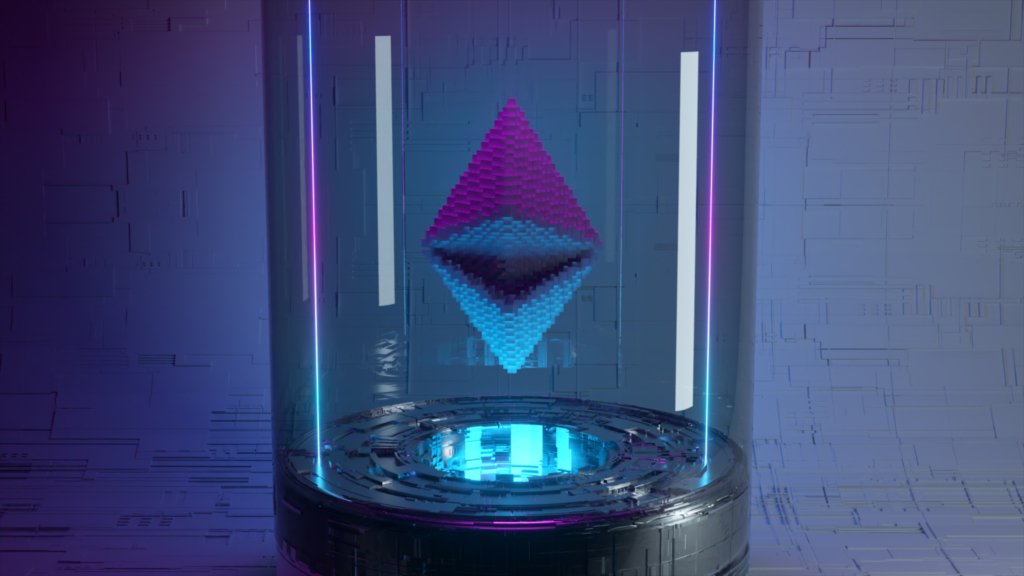If you’re in the market to buy or sell an NFT (aka “non-fungible token”), it’s important to the factors pros use to value an NFT. There are four factors in the art world, in general, that can affect the price: rarity and uniqueness, utility, and tangibility.
Rarity is based on scarcity – how rare the NFT is and drives up demand. NFTs can have different rarity levels that are based on the number produced. Uniqueness is related to rarity and means that there are no other assets like it, so it has more value. Utility measures how much use the asset has, and tangibility is how easily the asset can be used and accessed.
By understanding these concepts, you’ll be able to make better decisions about what NFTs to buy and sell, and get a better idea of what they’re worth!
Let’s take a closer look at each of the 4 factors that professionals consider when valuing NFTs.
NFT rarity and uniqueness
 NFT rarity is determined by its scarcity level, which means it’s limited edition or one of a kind.
NFT rarity is determined by its scarcity level, which means it’s limited edition or one of a kind.
The rarity of an NFT is a critical value in the valuation process because, if there’s only one copy in existence, then demand will go up and so will the price. NFTs that have been minted several times are less valuable due to supply constraints, while NFTs with only one copy available on Earth can fetch a higher premium than anything else because it is unique and one-of-a-kind.
For example, if an NFT is only available in a set amount of 100 pieces, it would be considered rare because not many people will have access to it. The less NFTs that are available for purchase, the more valuable they become. This is often seen with NFT artworks which might sell for thousands of dollars due to its unique nature.
NFT utility
![]() NFT utility is determined by the intended use of an NFT asset and can be highly variable. For example, if you buy a digital collectible NFT, you might use it to show off your collection of NFTs or as part of a game. NFTs with more utility are more valuable because people can find more uses for them and they’re easier to trade.
NFT utility is determined by the intended use of an NFT asset and can be highly variable. For example, if you buy a digital collectible NFT, you might use it to show off your collection of NFTs or as part of a game. NFTs with more utility are more valuable because people can find more uses for them and they’re easier to trade.
Not all NFT types have the same level of utility. For example, NFTs that only represent digital assets, such as cryptocurrencies, don’t have any utility because they’re not used for anything other than having value themselves. NFTs that represent physical assets like artwork or collectibles might be perceived as useful in some way to the owner – such as being displayed in one’s home or office space – but if the NFT doesn’t have an actual use then it’s worth less than an NFT with more utility.
Utility NFTs, specifically, are also being dubbed the next phase of a membership or loyalty program. Not all NFTs have to be a Utility NFT in order to have a level of utility, but it’s worth noting that this is a category that can hold significant value. For example, some businesses are finding Utility NFTs are a useful way to reward loyal VIPs, and these types of NFTs can have immediate cash value that can be redeemed or traded.
NFT tangibility
 An NFT’s tangibility is determined by the real-world object it is tied to. NFT tangibility is also affected by how easy it might be for someone else to access or use the NFT-tied asset.
An NFT’s tangibility is determined by the real-world object it is tied to. NFT tangibility is also affected by how easy it might be for someone else to access or use the NFT-tied asset.
NFTs that are more tangible have a higher value because you can connect it to something in real life. For example, a tangible NFT can be tied to a limited edition set of merch or a ticket to VIP fans-only event with your favorite celebrity. The real-world object an NFT is tied (or tethered to) doesn’t necessarily have to be in high-demand in order to have tangible value, but of course, if the demand is high, the item is scarce, and it has tangible value, well, you probably have a winner!
How else do the pros value NFT art
Sometimes the value of an NFT is subjective, and all the factors combined just don’t seem to align to the price tag for a piece of art.
What one person may find to be “worthless” can be very meaningful for someone else. Other times, when people are looking at what they want to buy, their values will come into play in determining how much they’re willing to pay for it.
If you have any questions about whether or not your piece of NFT art has a fair market value, doing some online searching in NFT marketplaces could help you get a feel for the competitive landscape:
- How long do similar other NFT listings stay active before they’re sold?
- How does their target buyer compare to yours?
A little super-sleuthing to see what the market will bear won’t hurt anyone – and you just might learn something new!
About the Author

Michael Hearne
About Decentral Publishing
Decentral Publishing is dedicated to producing content through our blog, eBooks, and docu-series to help our readers deepen their knowledge of cryptocurrency and related topics. Do you have a fresh perspective or any other topics worth discussing? Keep the conversation going with us online at: Facebook, Twitter, Instagram, and LinkedIn.


